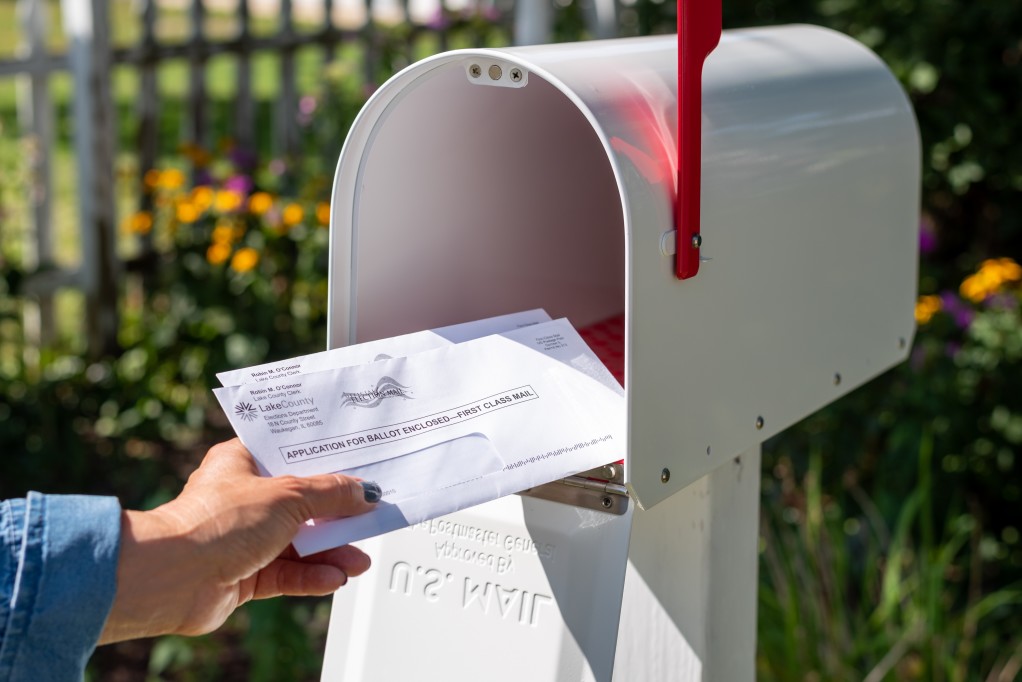“What’s your address?”
Almost all of us are able to answer this question instantly and without hesitation, responding quickly with our street address for our physical address – letting people know where we live, work, or gather.
If someone asked “what’s your mailing address?”, though, would you come up with the exact same answer every single time?
Maybe.
But maybe not.
You see, there is in fact often a world of difference between our physical street address and our mailing address. And it’s important to understand that distinction, especially if you want to protect your privacy as much as possible when sending away for things online or through the mail.
Below we dig a bit deeper into the ins and outs of mailing addresses and (almost) everything you need to know about them.
Ready to jump in?
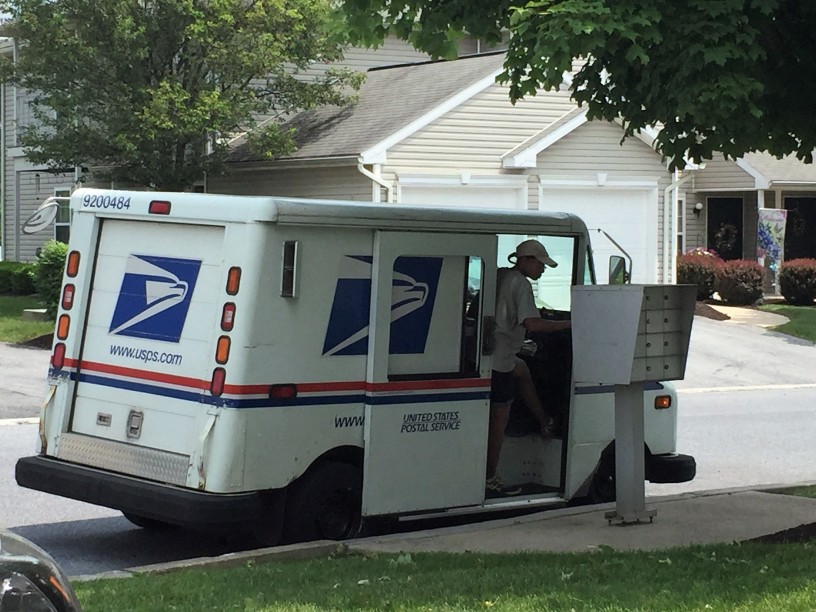
Quick History of the USPS
But before we get into the meat and potatoes of mailing addresses specifically, it’s important to highlight how addresses came to be in the first place.
Unsurprisingly, one of our nation’s brightest Founding Fathers – Benjamin Franklin – was at the forefront of the creation of what would become our US Postal Service. Between 1753 and 1774, Benjamin Franklin was responsible for maintaining the British Colonial Mail Service – a mail service that connected the 13 individual colonies with a (relatively) efficient system.
At the time, it would take a piece of mail 33 hours exactly to move between Philadelphia and New York City – a record that Franklin brought down from almost 100 hours before he took over. It was Benjamin Franklin that inspired a lot of the road systems that ran through the 13 colonies, helping to create a system of communication (and later troop movement) that would unify these 13 colonies into what would later become the fledgling Republic.
By 1775 (a year before the Declaration of Independence was signed), Continental Congress members took over the system that Benjamin Franklin had built and turn it into the Constitutional Post Service. This was eventually transitioned into what the new American nation called the Postal Office of the United States, and from there it became the model that a lot of countries around the world built their system off of – in large part because of the addressing platform pioneered by Franklin himself.
What is a Mailing Address?
Before addresses were used in the United States, mail would be delivered to prominent buildings in major towns and cities throughout the colonies (and later states) – usually City Hall, the library, or something similar.
Folks from all over would then show up at those buildings to see if they had any mail for them specifically, about as inefficient a system as you could imagine (but really not all that dissimilar from our current PO Box platform).
Over time, though, the USPS looked for ways to create more and more efficiency. That’s when they created a new addressing system (and later ZIP Codes), totally overhauling the way that mail was sent throughout the country and laying down the foundation for the addressing system we still use today.
Difference Between Physical and Mailing Address
A physical address can be a mailing address, but a mailing address is not always a physical address. For example, a PO Box cannot be considered a physical address. Of course, this system by the USPS still had some “legacy hangover” from the previous systems – and that’s a big part of why we have differences between physical and mailing addresses.
Your physical address, for example, is where a building is located on a specific street, in a specific town or city, inside of a specific county, and inside of a specific state. This address speaks only to the actual physical location of that property, that address, or that organization.
Your mailing address, on the other hand, may be linked to something else entirely – like an office building where mail is collected for entire apartments, where your PO Box is located, or anywhere else that you have mail sent.
A lot of rural families in the United States, for example, use a completely different mailing address than their physical address. This is especially true when they are taking advantage of PO Box services or other mailbox solutions.
Businesses frequently have a different mailing address as well. Six or seven different buildings may be used to house a single business (often in the same complex or same vicinity), but mail sent to that business will be centrally located in a main office or mail room before it gets distributed internally.
Why Is This Difference Important?
The reason that this difference is so important is that you have to be sure that you are using a mailing address when you are mailing something and are using a physical address when you want to physically visit. Sending mail to a physical address may mean that it never arrives, just as punching a mailing address into your GPS unit may not bring you to the ultimate destination you were shooting for.
You really have to be sure that you are using the right address, regardless of whether or not you are sending something through the post or plan on visiting a specific location in the future.
Is The Mailing Address The Same As The Legal Address?
Not necessarily. For example if you have a PO Box (which would be considered a mailing address,) you cannot use that as your legal address.
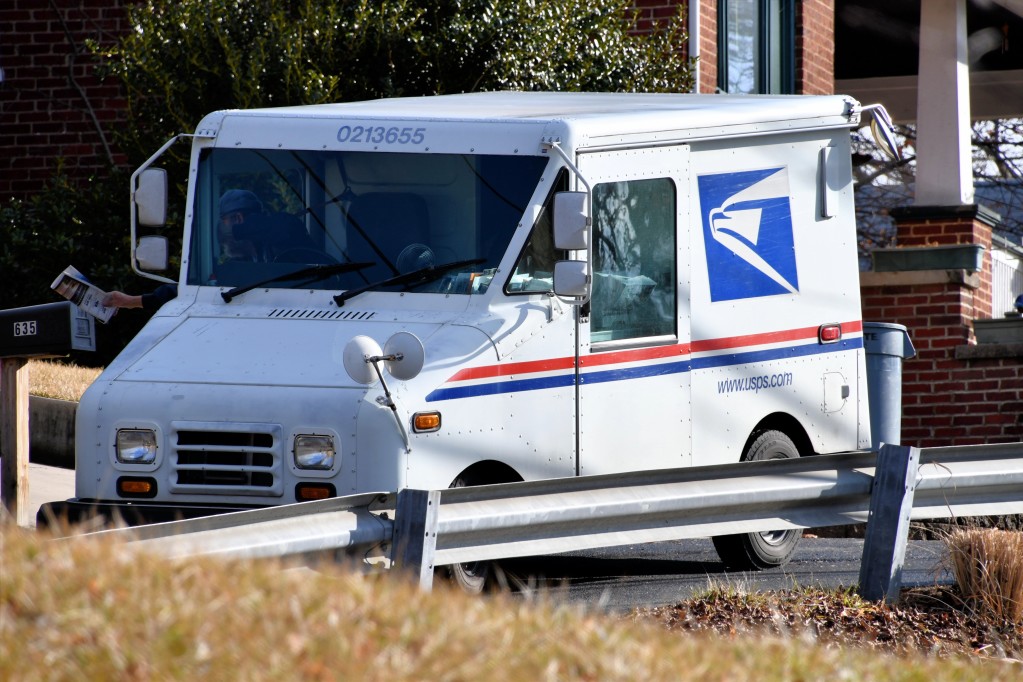
How The USPS Has Your Address in Their Books Means Everything
You should also know that the US Postal Service may not have your address written down the same way that you have it recorded (either intentionally or on accident). A lot of people discover firsthand that they are using an address that the USPS does not use when they order something online. After punching what they think is their mailing address into the shipping information portion of the form they discover that their addresses “undeliverable” – even though they may have been living there their entire lives! This is usually because the USPS has recorded the mailing address for that specific building or property differently than the town may have numbered the streets or recorded your information on a map. A lot of times this happens with new construction and subdivisions, new roads that have yet to be added into the USPS addressing database, or when towns make changes to the way that they lay out their street addresses and physical addresses.
If you are having a tough time figuring out exactly what your mailing address is, it’s not a bad idea to reach out directly to the local post office and see if they can match your physical address to USPS mailing address database entry. It should only take them a couple of minutes, especially since they’ll have access to tools that us “civilians” wouldn’t have access to otherwise. After that all you have to do is remember to use the new mailing address you’ve been provided and you’ll be good to go!
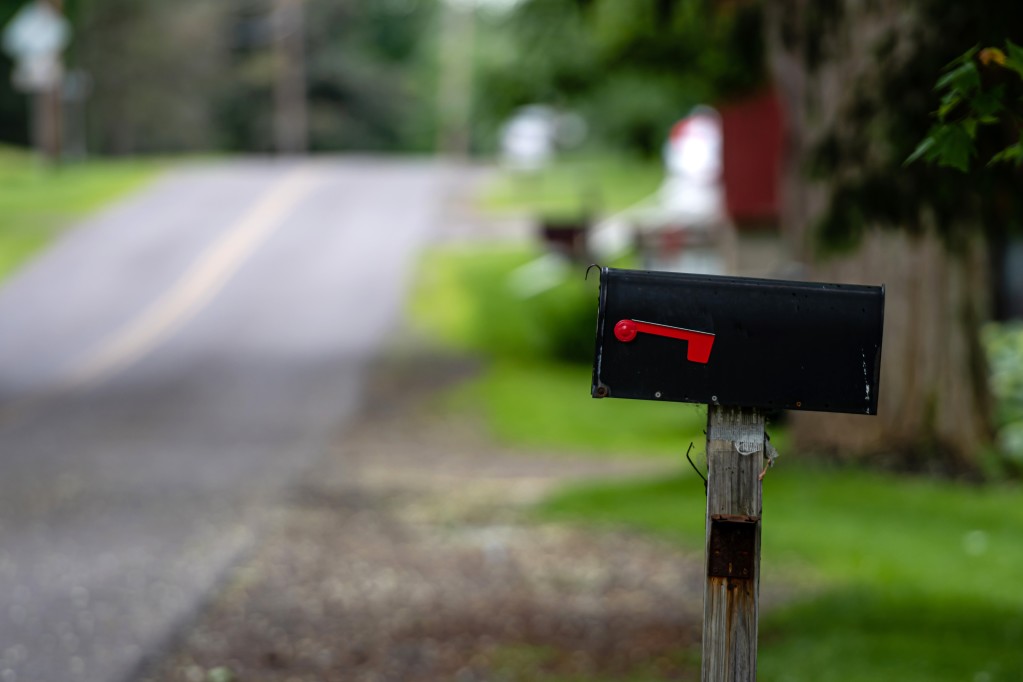
Mailing Addresses Make for Smarter (And Faster) Mail Routing
If you are still having a tough time differentiating your physical address from your mailing address, it’s important to remember that your mailing address has a whole lot more to do with how the USPS routes mail than anything else.
A lot of people are under the impression that ZIP Codes are numbered sequentially throughout the United States, with each different area of the US given a different ZIP Code dependent on where they are located on the map.
Truth be told, that’s not exactly the case.
In fact, some parts of Alaska have nearly identical ZIP Codes to parts of Iowa – and a quick glance at a map will tell you that they don’t have any borders in common!
No, your mailing address (especially your ZIP Code) is going to have a lot to do with how mail needs to be routed through the USPS national infrastructure than where you are located physically.
Different parts of the country are handled differently by major mailing hubs through the USPS. Your mailing address – especially if it isn’t tied directly to your physical address – is going to be chosen to optimize the transfer of mail through the system to your location above all else.
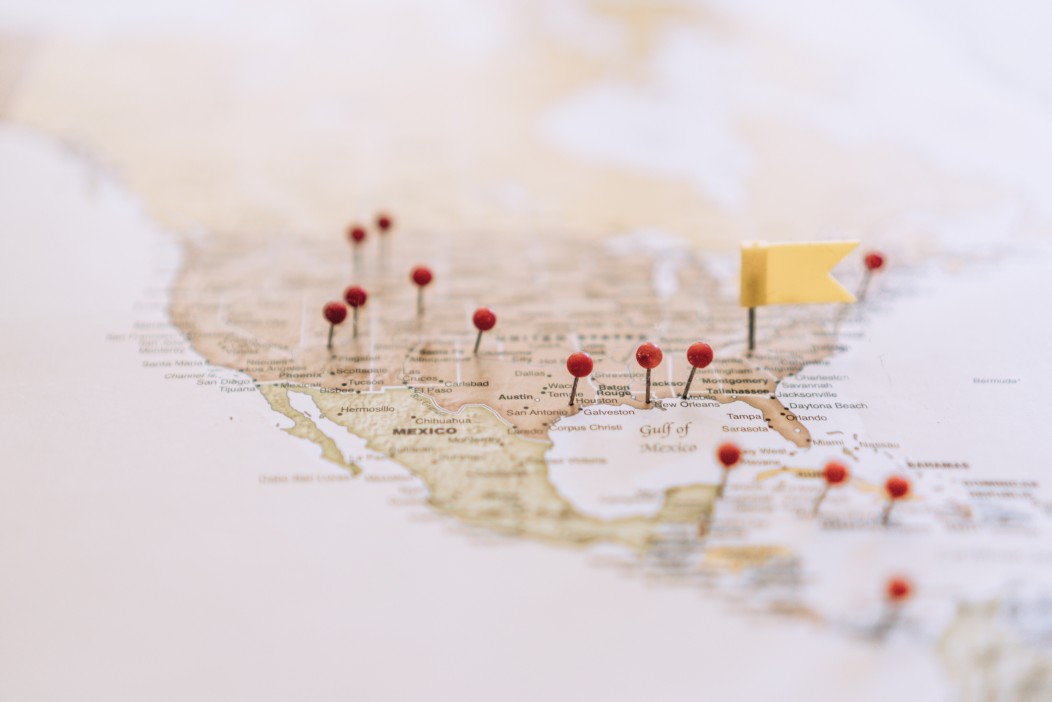
Not All Mailing Addresses are Physical Locations
As we have highlighted a couple of times throughout this guide, not all mailing addresses relate directly to physical locations.
The odds are pretty good that you’ve driven down suburban or rural roads and spotted a whole bunch of mailboxes at the end of a road, all kind of clustered up together.
Well, those mailing addresses are not receiving mail for that specific stretch of land but are instead the main receptacle for all the addresses on that street that are not serviced by USPS mail carriers directly.
PO Boxes Are a Prime Example
PO boxes are another perfect example of the detachment between mailing addresses and physical addresses.
You might have a PO Box address that looks like this:
John Smith
PO Box 1776
Anytown, USA 01011
Located inside of a post office with a physical address that looks like this:
USPS Postal Office
123 Main Street
Anytown, USA 01011
Because of the way that internal USPS logistics are set up, though, the mail sent to that PO Box – with absolutely no street address whatsoever – is going to find its way to the post office located at 123 Main Street in Anytown, USA without any trouble at all.

Finding Mailing Addresses Easier
If you are trying to send something to an individual or organization and continue to have it “returned to sender” because the mailing address isn’t valid, it’s not a bad idea to pop down to your local post office and see if they can help you out.
The postal employees there should be able to look up the mailing address for the individual, organization, or physical location that you are hoping to send something to.
As we mentioned earlier, these postal employees have access to the USPS Address Database that regular folks just don’t have access to.
The USPS Address Database is updated, monitored, cleaned out, and added to on a regular basis (some say every week, some say every couple of days), with hundreds of thousands of new address changes being processed all the time.
This is the information you’ll want to take advantage of when you need to send something to a mailing address that you don’t have access to.
You can always pop online and see if you could dig up mailing address information as well (or reach out to your intended recipient to see if they can clear the air for you), but nothing beats visiting the post office as far as speed and accuracy are concerned.
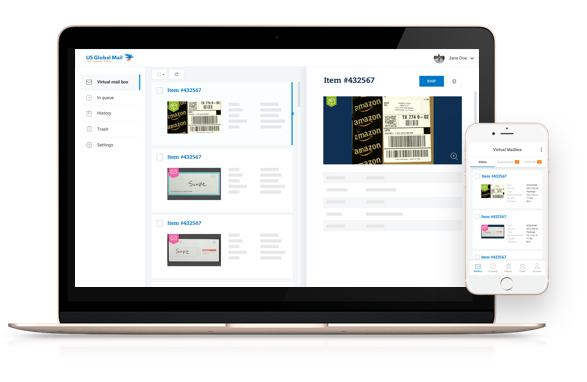
US Global Mail – A Physical Mailing Address for Your Virtual Mailbox
Of course, if you want to make sure that you only ever need a single mailing address for the rest of your life – even if you move all over the country (or all the world, for that matter) – you’ll want to check out the virtual mailbox services available through US Global Mail.
US Global Mail is the premier modern mailbox service for individuals unhappy with traditional PO Box options as well as other mailbox alternatives.
The smartest virtual mailbox service in the business today, you’ll be able to take full advantage of digital scanning of each mail piece as it arrives, digital alerts about each piece as it hits your mailbox, and mail forwarding to addresses all over the world at 80% off of retail shipping rates.
You can also take advantage of package acceptance from all of the major shipping companies (something the USPS doesn’t offer with their PO Box service), check depositing solutions, and so much more.
Clients also get to use a real physical street address (not a PO Box number) to enjoy a little extra safety, security, and convenience compared to USPS offerings, too.
For more than 20+ years the experts at US Global Mail have been building a smarter, more flexible, and more modern mailbox experience.
If you’d like to learn more about how they can help you with all of your mailing needs, pop over to their website at your earliest convenience. You can also reach out to their customer service and support to ask any questions you might have!

